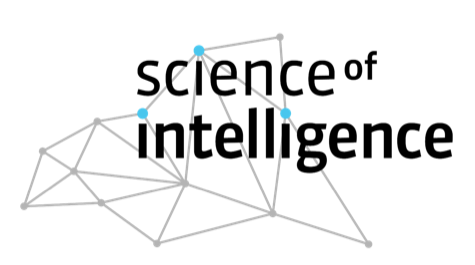From Ancient Tokens to Modern Tokenism
While studying the archaeology of the Near East, I was particularly fascinated by small objects called “tokens”. Made from clay, stone, bone, or metal, these artefacts were once used for accounting and trade, or for symbolic agreements. They represent some of the earliest forms of abstract communication and precursors to currency. In today’s world, individuals can similarly be reduced to tokens in the name of diversity. Yet, unlike those fascinating ancient items, modern tokenism is far less inspiring.
Tokenism occurs when institutions make superficial efforts to appear diverse, such as showcasing one or two people from underrepresented groups without giving them real influence, authority, or opportunities for promotion. First explored by Rosabeth Moss Kanter in the 1970s, tokenism creates visibility without real impact.
Challenges
Tokenized individuals often face multiple challenges: they’re hyper-visible, socially isolated, expected to stand in for entire groups, fit narrow roles, yet prove their value and validate their presence. This pressure, known as the minority tax (Steel and Paier, 2022), may lead to stress, anxiety, imposter syndrome, and burnout. Instead of fostering true inclusion, tokenism reinforces stereotypes, breeds alienation, deepens inequality, and mistrust.
So, what can we do?
Dismantling tokenism requires intentional, systemic action, such as stablishing mentorship and coaching programs with measurable outcomes, implementing fair recruitment and promotion processes, and providing safe spaces for honest dialogue and feedback loops. Leadership should not only include diverse voices and showcase faces but also ensure that they have decision-making power. Education around bias, intersectionality, and inclusive practices should be ongoing. Regular equity assessments can also support authentic inclusion.
It’s essential to recognize a difficult truth: the early stages of inclusion and diversity efforts may resemble tokenism. The line between symbolic inclusion and genuine representation is subtle and context-dependent, often requiring honest feedback from diverse individuals to navigate. Being the “only one” doesn’t automatically mean tokenism, and external perceptions may not match lived experiences (Baily, 2025). Role models are still essential, both for those they represent and for broader change, but visibility alone doesn’t equal equity. Representation may be a step towards broader change, not the sign of it. Role models must be supported, empowered, and equipped to lead, not merely displayed.
Just like ancient tokens only reveal their true significance in context, individuals need more than a spotlight. They need agency, support, and recognition.
References
- Bailey, M. (2025). Tokenism. In K. Marshall (Ed.), Diversity, Equity and Inclusion in Veterinary Medicine (pp. 215–229).
- Harvey, C., & Allard, M. J. (2015). Understanding and Managing Diversity (5th ed.). Pearson.
- Jung, Y. S., Jung, H. S., & Yoon, H. H. (2022). The effects of workplace loneliness on the psychological detachment and emotional exhaustion of hotel employees. International Journal of Environmental Research and Public Health, 19(9), 5228. https://doi.org/10.3390/ijerph19095228
- Kanter, R. M. (1978). Men and women of the corporation. ILR Review, 31(3), 412. https://doi.org/10.2307/2522922
- Schmandt-Besserat, D. (2012). The token system of the ancient Near East: Its role in counting, writing, the economy, and cognition. In I. Morley & C. Renfrew (Eds.), The Archaeology of Measurement: Comprehending Heaven, Earth and Time in Ancient Societies (pp. 27–34). Cambridge University Press.
- Schmitt, M. T., Spoor, J. R., Danaher, K., & Branscombe, N. R. (2009). Rose-colored glasses: How tokenism and comparisons with the past reduce the visibility of gender inequality. In M. Barreto, M. Ryan, & S. Schmitt (Eds.), The Glass Ceiling in the 21st Century: Understanding Barriers to Gender Equality (pp. 49–72). American Psychological Association.
- Steel, D., & Paier, K. (2022). Pro-diversity beliefs and the diverse person’s burden. Synthese, 200(5), 357. https://doi.org/10.1007/s11229-022-03785-w
- Stroebe, K., Barreto, M., & Ellemers, N. (2010). Experiencing discrimination: How members of disadvantaged groups can be helped to cope with discrimination. Social Issues and Policy Review, 4(1), 181–213.
- Tokenism and its implications for workplace equity. (2008). Journal of Social Issues, 64(2), 221–242.





